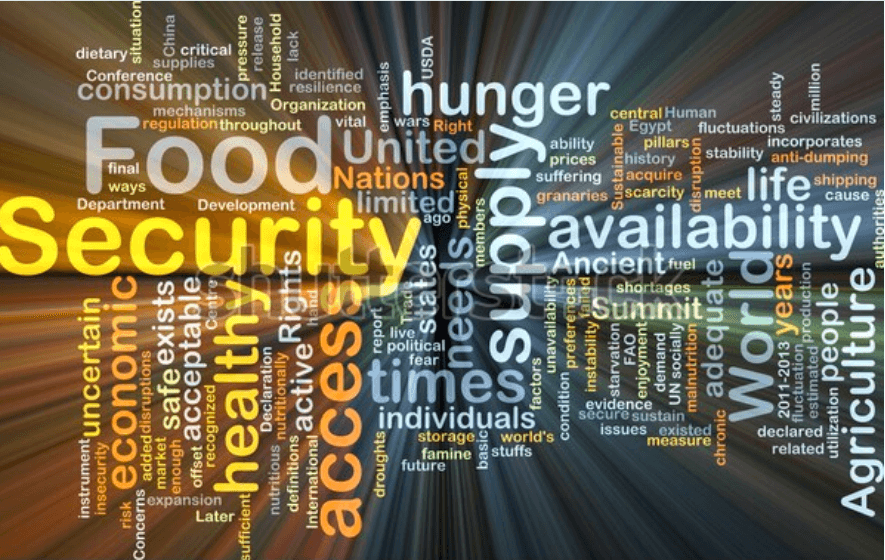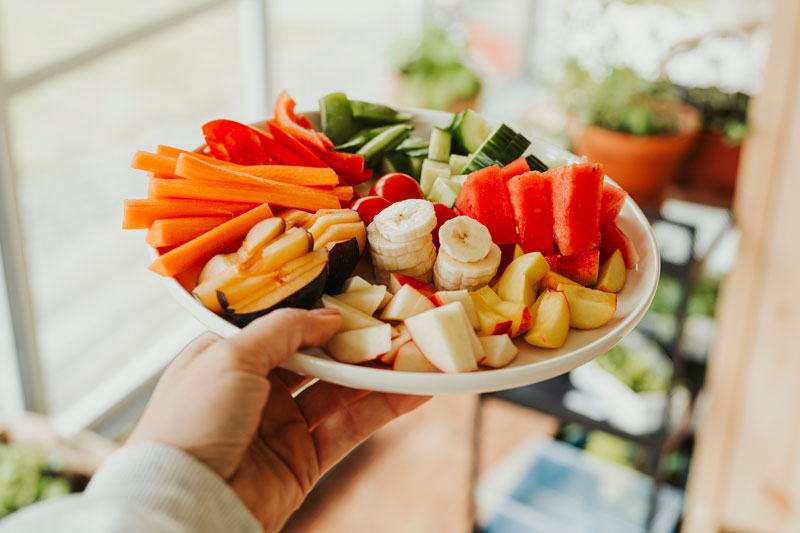While COVID-19 has taken a major toll on the economy, health care, and education, it’s also magnified underlying social vulnerabilities in America. Long-standing systemic weaknesses in our society — including inequities in health care and economic inequality have worsened as the nation battles the virus. That’s particularly true for one of America’s most widespread and persistent social problems: food insecurity.
A growing problem
A 2018 study by the U.S Department of Agriculture showed that 11.1% of U.S. households (14.3 million) struggled with food insecurity. In an additional 4.3% of U.S. households (5.6 million), one or more members had very low food security (defined as severely reduced or disrupted eating patterns because the household lacked money and other resources for obtaining food).1
The pandemic has only added to the ranks of the food insecure. Mandated business closures, stay-at-home orders, and social distancing requirements designed to limit the spread of the virus caused millions of people to lose their jobs in recent months. The Pew Research Center reports the U.S. unemployment rate grew from 3.8% in February to 13% in May 2020.2 That increase means that millions of people who were economically stable at the beginning of the year, may now be food insecure because they can’t afford enough nutritious food.
Increased vulnerability
It’s an especially dangerous time for vulnerable populations who are food insecure. According to the Centers for Disease Control and Prevention (CDC), people who have compromised immune systems due to chronic illnesses such as kidney or heart disease and contract COVID-19 are more likely to face severe illness from the virus.3 That same group is also more likely to experience harmful — or even fatal — health complications due to food insecurity. The struggle to get nutritious food during the pandemic only heightens that risk.4
Older Americans are another group that’s more vulnerable during the pandemic. It’s estimated that 5.5 million Americans age 60 and older and another 4.8 million adults between the ages of 50-59 live with food insecurity. Reduced mobility issues and limitations around transportation even in normal times can make it hard for these groups to get the food they need. Social distancing rules during the pandemic may only heighten those problems.5
Less support
Compounding the nation’s food insecurity problem: there is likely less support available. Food banks are usually the first line of defense for people in need. But as the pandemic continues, food banks nationwide have faced a triple threat that makes them less able to help.
First, in part due to rising unemployment, there are more people who need nutritional support. For example, the Greater Boston Food Bank, which distributed an average of four to five million pounds of food a month, distributed eight million pounds of food in March, 9.5 million in April, and more than 10 million pounds of food in May.6
And, just as demand increased, financial contributions from corporations and food donations from grocery stores have decreased, as those organizations are facing their own financial pressures and challenges due to the pandemic.
Finally, food banks and soup kitchens have fewer helping hands to process and distribute food. Some volunteers are staying away for fear of contracting the virus. The Feeding America Food Bank Network reports a decrease of nearly 60% of their volunteer workforce, many of whom are retired senior citizens and school or corporate groups.7,8
Government programs, including Medicaid and Medicare Advantage, fill some of the gaps for the food insecure by including home-delivered meals to the plans they offer to members.
Mom's Meals® can help
Mom’s Meals works with many of those agencies and health plans to provide refrigerated, home-delivered meals and nutrition services to people around the nation.
In this time of heightened food insecurity, Mom’s Meals has also delivered meals to thousands of additional members. And we’re busy expanding our operations to serve even more partners. Find out more.
Sources:
- https://www.ers.usda.gov/webdocs/publications/94849/err-270.pdf?v=963.1
- https://www.pewresearch.org/fact-tank/2020/06/11/unemployment-rose-higher-in-three-months-of-covid-19-than-it-did-in-two-years-of-the-great-recession/
- https://www.cdc.gov/coronavirus/2019-ncov/need-extra-precautions/people-at-higher-risk.html?CDC_AA_refVal=https%3A%2F%2Fwww.cdc.gov%2Fcoronavirus%2F2019-ncov%2Fspecific-groups%2Fhigh-risk-complications.html
- https://nopren.org/wp-content/uploads/2017/08/ERS-Report-Food-Insecurity-Chronic-Disease-and-Health-Among-Working-Age-Adults.pdf
- Ziliak, J.P. & Gundersen, C. (2019) The State of Senior Hunger in America 2017: An Annual Report. Feeding America. Ziliak, J.P. & Gundersen, C. (2019) Hunger Among Adults Age 50-59 in 2017: An Annual Report. Feeding America.
- https://www.marketplace.org/2020/05/22/record-levels-of-food-insecurity-in-the-u-s-because-of-covid-19/
- https://www.feedingamerica.org/about-us/press-room/feeding-america-food-bank-network-projects-14-billion-shortfall-due-covid-198.



